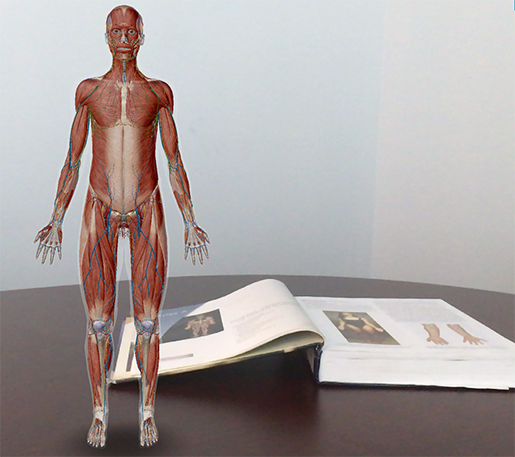
Lawnchair position: A variation of supine in which the hips and knees are slightly flexed and above the level of the heart relieves pressure on the back, hips, and knees and facilitates venous drainage from the lower extremities, and reduces tension on the abdominal musculatureįrog-leg position: A variation of supine in which the hips and knees are flexed, and the hips are externally rotated facilitates access to the perineum, groin, rectum, and inner thigh, but the knees must be supported to avoid stress and dislocation of the hips. A “draw sheet” that passes under the body and over the arm before tucking under the torso can hold the arm in proper position against the body. The ankle is distal to the knee.Arm adduction with hands and forearms maintained in neutral position with palms facing the body or supinated decreases external pressure on the ulnar nerve and prevents injury. The elbow is proximal to the wrist.ĭistal: Farther from the point of attachment.

Furthermore, it creates clear reference points when describing anatomical positions or using anatomical terms. The anatomical position provides a universal, consistent way of discussing anatomy. In other words, closer to the shoulder or the hip. The anatomical position becomes important clinically when describing locations of pain, injuries, rashes, surgical procedures, imaging, and much more. Proximal: Closer to the point of attachment with the torso. Superior and inferior are not used for the limbs at all. This means that the pinky side of the wrist is medial, and the thumb side is lateral. For humans, the arms are in anatomical position when hanging at the sides of the body, palms forward, and the legs are in anatomical position in a normal standing posture, feet side by side. For the limbs, anterior, posterior, medial, and lateral are all relative terms used in reference to a particular limb position, called the anatomical position.

The limbs are special cases, because they can move a great deal relative to the spine. Medial: Closer to the midline, or dividing line between right and left halves, of the body. To refer to the position of a feature relative to another, the following terms are used: The right arm will always be the right arm, and the right lung is right even though it is not as far right as the right arm. These terms separate one half of the body from the other. Left and right are absolute terms instead of relative terms. In animals with habitual postures that are different than ours, dorsal and ventral retain an anatomical meaning that is unchanged and thus prevent confusion. In humans, dorsal and ventral are mostly synonymous with posterior and anterior, and the latter terms are often used. The navel is on the ventral aspect of the body. Ventral: In humans, toward the front of the torso. The shoulder blades are dorsal to the ribs. The posterior side of the head is frequently covered in hair.ĭorsal: In humans, toward the back of the torso. The nose is on the anterior side of the head. The terms for the front to back direction are:Īnterior: Toward the front. The vertebral axis is only one direction, and our bodies have two additional directions: front to back, and side to side. For animals that don’t carry their spine in an upright or vertical position, cranial and caudal will always denote the same directions.

For the postcranial skeleton, we may also use cranial and caudal, which orient along the axis of the spine. These terms are always used when referring to directions on the head. The nostrils are most visible on the inferior aspect of the nose. For this reason, a long tradition in human anatomy uses these terms: Humans are special compared to many vertebrates in having a vertebral axis that runs roughly up and down, at least while we are standing up. For reasons like these, anthropologists use terms with specific anatomical meanings to talk about the Even left and right can cause confusion: sometimes we need to talk about the left surface of our right arm, for instance. For example, we could use higher and lower to refer to parts of our arms, but these terms will be confusing if we lift our arms over our heads. Other intuitive terms can fail us, however. Some of the terms are obvious, like right and left. When talking about bones and teeth, we will need to use several terms to orient ourselves.


 0 kommentar(er)
0 kommentar(er)
